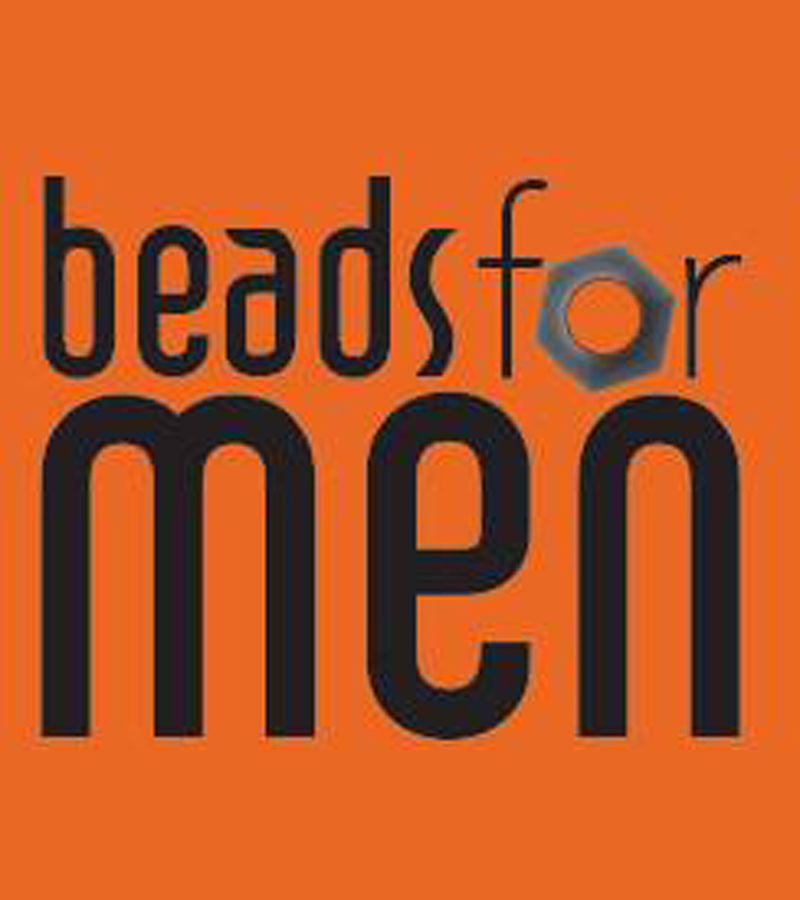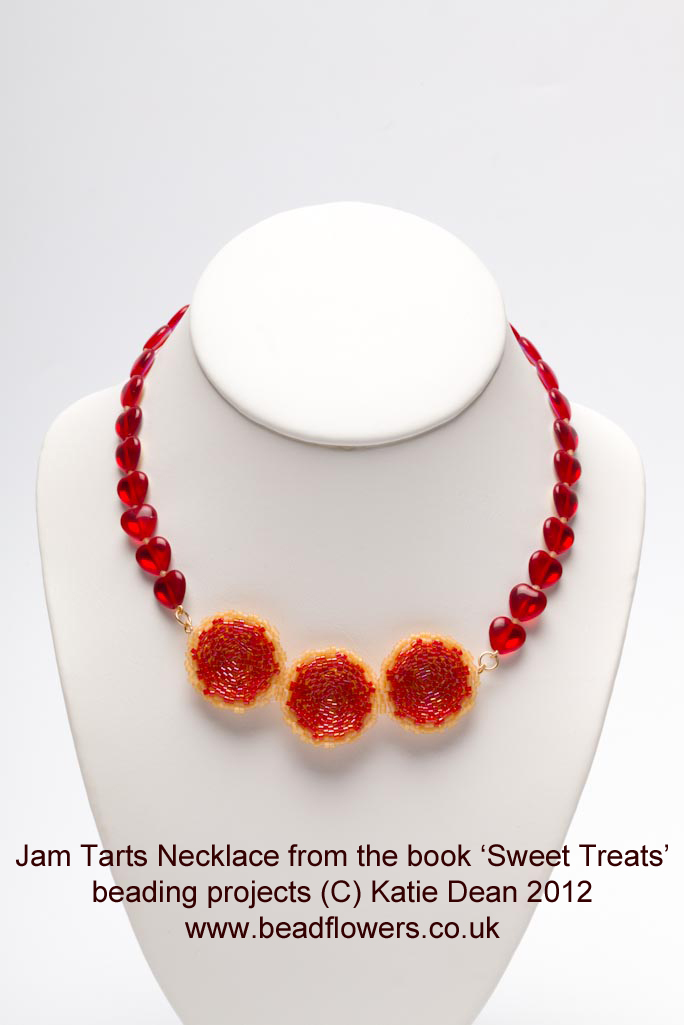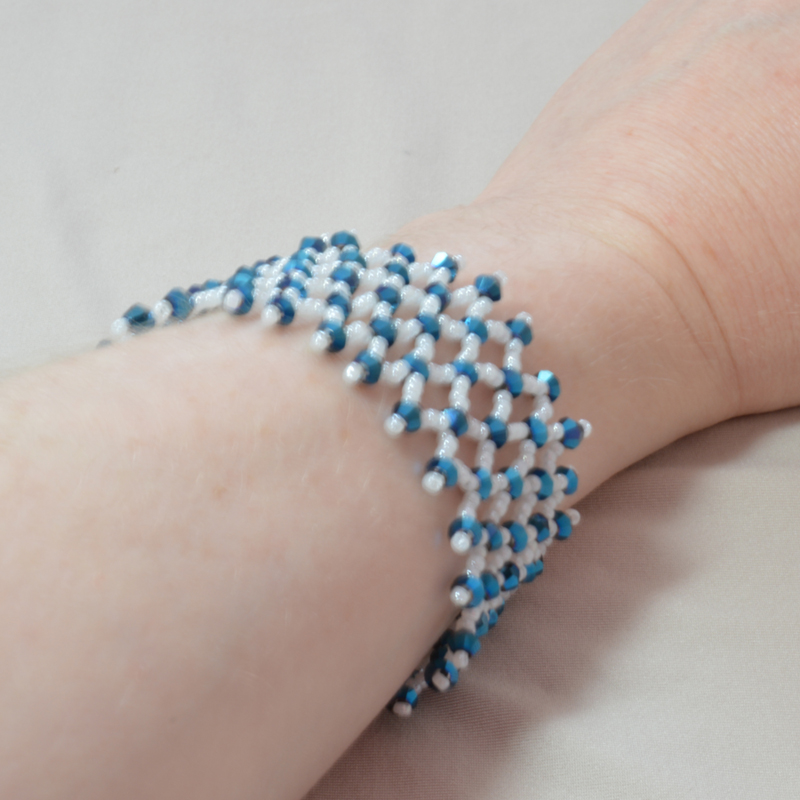Create a Brand for your Business
Create a Brand: First Steps
So, what is a brand? It is basically a means of identifying your business or the jewelry or other work that you sell. Your business name tells people who you are, eg ‘Katie’s Jewelry‘, but your brand tells your customers what you are.
So, before you can create a brand you need to find the creative voice in your work. This is your style and it will comprise a number of different elements. Colour will be a big part of your style: do you work in bright colours or muted tones? Does your work employ hugely contrasting colours, or is it more subtle? The design style you employ will also play a part: is your jewelry big and bold, or elegant, or romantic, or dark and gothic? What inspires your work? Do your designs employ motifs from nature, or perhaps you are inspired by the quirky or whimsical. All of this will become clear once you have found your designer’s voice – a process that can take a long time. When you first start making jewelry or other beadwork, you will inevitably be focusing on learning techniques. Only once you feel comfortable with these will you start to develop a style of your own. Once you have your own style, you are ready to start selling and this is the point where you want to create a brand.
Why create a brand?
Essentially there are two reasons why a company will create a brand: firstly it is way of identifying themselves and secondly it will distinguish them from their competitors. So the brand must represent who the company is. Part of that identity will lie in what you sell – the elements I mentioned above. Part of it will lie in how you sell it – the service that you provide.
Think about well-known brands: they all have a strong identity. I’m going to look at an example. The UK shop ‘Marks and Spencer’ originally started life as a clothing shop and it established a brand through its reputation for selling clothes that were of excellent quality, but reasonably priced, so good value for money. Originally it also had a very strong British identity and at a time when there may have been suspicion about foreign goods, this said that the brand was ‘safe and reliable’. Marks and Spencer then diversified into selling foods. Again, the brand came into play: the shop is known for selling food that is of high quality, but which, although not cheap, is good value for money. Once again, customers expect reliability and quality from the food they buy. This reputation in fact enabled Marks and Spencer to move seamlessly into a completely unrelated market: finance. You can now buy insurance products, credit cards and savings products from Marks and Spencer. When the company started out, you might question why anyone would trust their money to a brand new ‘bank’ with no reputation. Well, that’s just it, Marks and Spencer had managed to create a brand that meant people automatically assumed their money would be safe with a company known for reliability and good quality. That is the power of a good brand.
I’m not suggesting that you will ever want to diversify into financial products, but the point is, the customer service you provide and the quality of your product will all form a part of your brand. You might want a brand that is ‘high end’, so uses high quality components, like sterling silver findings, in order to justify charging a higher price. Or you might want to target customers with less money to spend, so create a brand that is cheap but offers excellent customer service. In reality your brand is likely to evolve naturally – it is after all, ‘you’ and it will naturally represent ‘you’ whether you like it or not.
I may have joked about diversifying into financial products, but the reality is, a lot of us crafty people like more than one craft, so you may start out selling jewelry, but then decide you would like to sell some of you knitted work as well. If you have established a brand in the jewelry world, you may well find that some of your customers will also want knitted products and, if they like your brand, it is going to be easier to sell to them. One of the hardest parts of starting to sell your work is letting people know who you are and what you have to sell. If you can establish a brand, that can make your job easier if you want to move into a new market – you have a head start with existing customers who know you and can identify you.
Elements of a Brand
 When you create a brand, what does this mean in practical terms? Having established what your brand is, how do you actually use it? Your brand is physically represented by your logo. I have written a separate post looking at how to create a logo, but in essence, you logo is a design which may include text or imagery, or both, to act as a ‘badge’ for your business. You might use it on your website, on your packaging and on your business cards or perhaps on brochures. You might turn it into poster format to use on a display stand at a craft fair. It will ideally represent your product or business in such a way that is instantly recognisable and memorable. It is essentially the element that publicises your brand.
When you create a brand, what does this mean in practical terms? Having established what your brand is, how do you actually use it? Your brand is physically represented by your logo. I have written a separate post looking at how to create a logo, but in essence, you logo is a design which may include text or imagery, or both, to act as a ‘badge’ for your business. You might use it on your website, on your packaging and on your business cards or perhaps on brochures. You might turn it into poster format to use on a display stand at a craft fair. It will ideally represent your product or business in such a way that is instantly recognisable and memorable. It is essentially the element that publicises your brand.










